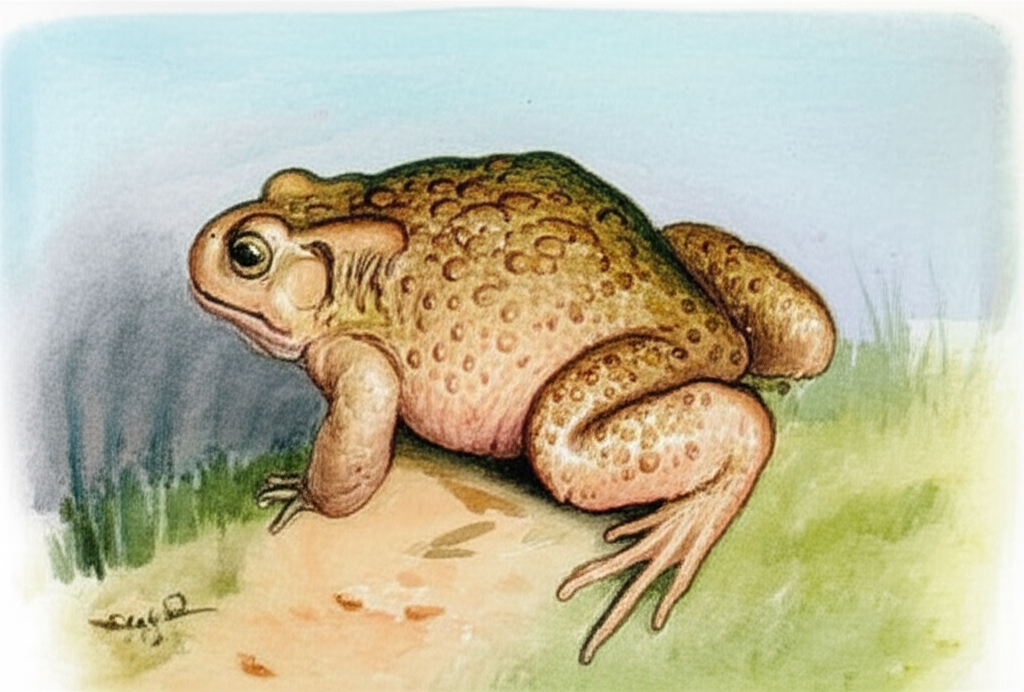
Throughout history, humanity has sought protection from disease through various means, and during times of widespread plague, desperate measures often took root in superstition. One such belief involved wearing a toad around the neck as a protective amulet against the dreaded plague.
The historical context of this superstition lies within the repeated plague epidemics that ravaged Europe, particularly during the medieval and Renaissance periods. Overcrowding, poor sanitation, and limited understanding of disease transmission created an environment ripe for the spread of the bubonic plague, carried by rats and fleas. The Great Plague of London in 1665, which claimed the lives of nearly a quarter of the city’s population, serves as a stark example of the devastation caused by these outbreaks. Fear and desperation led people to embrace any potential safeguard, no matter how improbable.
The cultural beliefs surrounding the toad superstition are interwoven with broader ideas about witchcraft, hexes, and divine intervention. Journalist Daniel Defoe, in his fictionalized account of the Great Plague, A Journal of the Plague Year, describes the widespread use of charms, amulets, and exorcisms. These practices reflected a belief that the plague was not merely a disease but a form of demonic possession, something that could be fought off through symbolic rituals and objects. The application of a recently killed pigeon to the buboes, or the red cross painted on the door of infected houses, were other measures taken to try and combat the disease.
The use of toads likely stemmed from a combination of factors. Toads were often associated with the earth, and their amphibian nature may have linked them to the idea of drawing out illness. The belief may also have arisen from the doctrine of signatures, where a natural object resembling a part of the body or symptom of a disease was believed to possess healing properties. In this case, the toad’s warty skin could have been seen as symbolically absorbing the buboes or other symptoms of the plague.
The superstition involving toads and other such measures were ultimately ineffective. Defoe’s writings express the futility of these efforts, recounting how many who relied on charms and amulets still perished, their ‘hellish charms’ buried with them. Modern interpretation views this superstition as a reflection of the ignorance and desperation of the time. The mascots and charms that some people carry today are distant echoes of a past where such objects were not just symbols of luck, but were believed to offer real protection against life-threatening diseases.